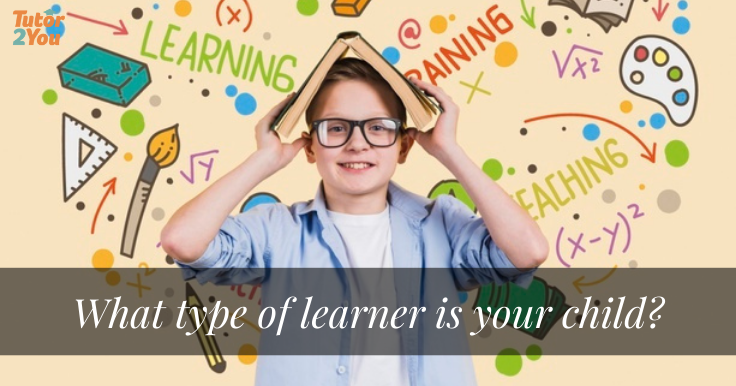
What Type of Learner is your Child?
Did you know that children have different learning styles or strengths? Three main types of learning have been identified and called learning styles. They are categorised as visual, auditory and kinaesthetic. Learning through seeing, hearing or touching. Some children have a balance of all three, but some may favour one over the others.
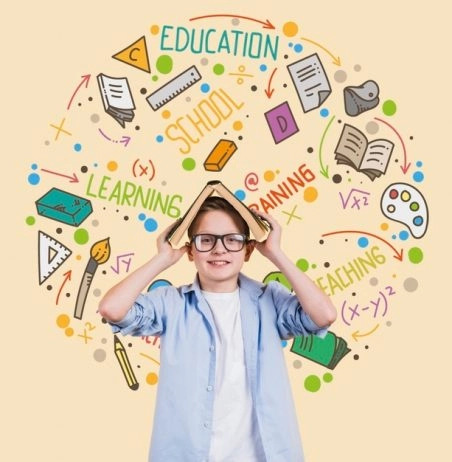
Observing your child’s learning preferences will help you to identify their strengths and use their style to complement the way they learn new skills. Looking at the strengths of each style and how they contribute to learning aptitudes is both interesting and helpful.
Auditory Style Learners
Auditory style learners are interested in sounds. They like music and may show an aptitude for playing an instrument. Auditory learners are good listeners and follow oral directions easily.
Here are some indicators that your child may be an auditory learner:
- They like to sing along and make up songs as they play.
- They enjoy talking and have a good vocabulary.
- They may have a special aptitude for music
- They notice sounds that others may miss.
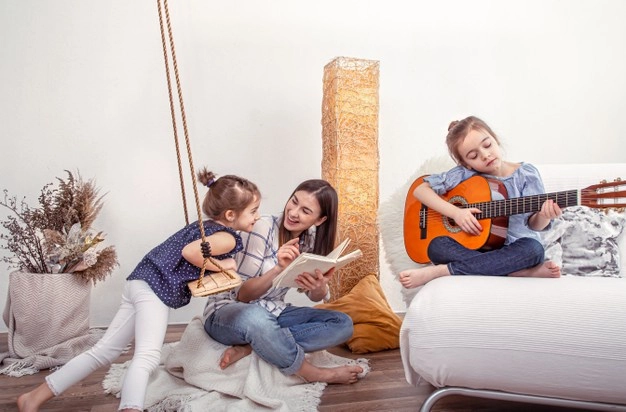
Visual Style Learners
Visual learners love illustrations in books. They like looking at photographs and paintings. Visual learners enjoy movies and watching things on screens. They have good visual memory and remember names and places.
Here are some indicators your child may be a visual learner
- They have a good sense of direction and enjoy looking at maps.
- They are keen observers of the world around them.
- They have a good visual memory.
- They are interested in art and crafts and have a good imagination.
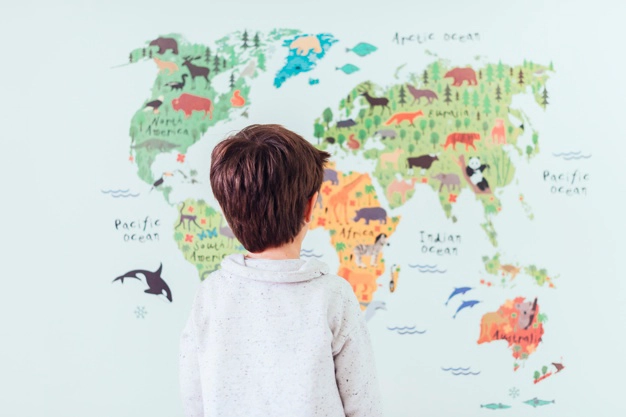
Kinaesthetic Style Learners
Children with an aptitude for kinaesthetic learning enjoy physical activities. They balance well and excel at sports. These learners benefit from touching things and doing activities for themselves. They probably learned to to crawl and walk early.
Here are some indicators your child may be a kinaesthetic learner
- They are good at sports and enjoy dancing.
- They are very active and love activities they can be physically involved in.
- They were early developers physically and enjoy exercise.
- They have good eye-hand coordination.
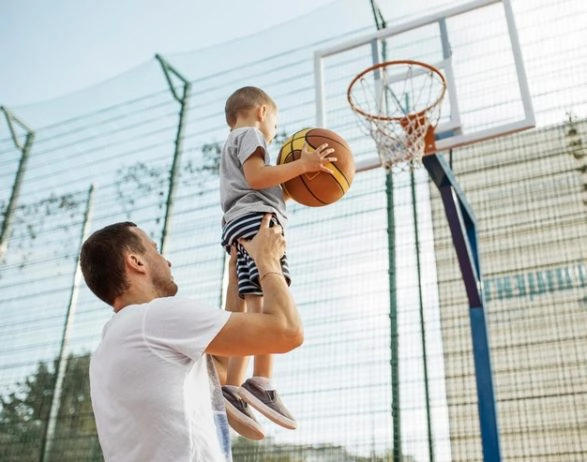
Once you have an understanding of these learning styles you can make use of them to help with your child’s study methods.
Kinaesthetic learners need physical activity. They will be less likely to want to sit in their seats and study. These learners need to be allowed some freedom of movement and practical learning activities. Building with blocks and making models appeal to their learning style.
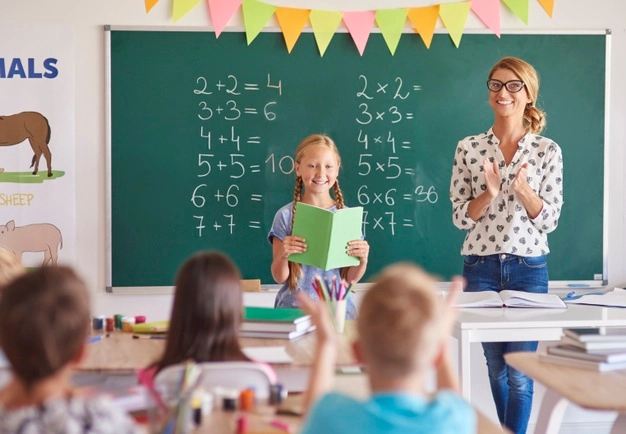
Visual learners enjoy writing notes and illustrating them. They will benefit from a visually pleasing workspace and using visually encouraging study materials. Visual learners appreciate books with colourful illustrations, positive visualisation is very appealing. Getting stars and recognition on star charts make these learners motivated.
Auditory learners have strong verbal skills. They benefit from reading their work out loud. Reading their work out helps them pick up mistakes. They need discussions on topics to stimulate their love of learning. Auditory learners may be easily distracted by background noises. Instrumental music played softly may be relaxing. Auditory learners will learn through chanting rhymes and memorising songs.
You can take learning style questionnaires to fully identify your child’s learning style. However, observation at home is the best way to find out what your child’s learning preferences are.
One of the best ways to observe your child’s learning style is through watching how they express themselves.
Visual learners express themselves through their facial expressions. They like watching others faces too.
Auditory learners will use sounds, words and noises as their way of expressing themselves.
Kinaesthetic learners use body language to communicate. They like to make hand gestures and love touching everything, including people they want to communicate with. These gestures or expressions of emotions are key indicators of learning styles.
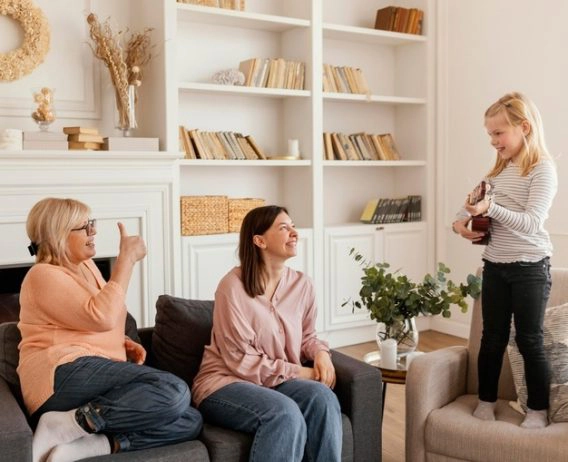
Another way of observing learning styles is to watch how your child solves problems
Visual learners use their eyes and are very observant. They notice when something is not in its rightful place. Visual learners enjoy memory games and puzzles.
Auditory learners like to talk through things and you may even hear them talk to themselves while they are doing their homework.
Kinaesthetic learners use their hands to solve problems. They like to count with their fingers, they enjoy using apparatus to learn from, and like making things that solve problems.
It is useful to be aware of learning styles, but do not forget to encourage the other styles too. It is a good idea to be familiar with the other learning styles and use them to broaden your child’s outlook on life. Learning styles may change as your child matures. Parents, teachers and children should try to have a balance in life. Knowing all three styles of learning will help to keep a balance in your interaction with your child.
Dr Seuss has life skill advice for parents and children alike. He reminds us that life is a balancing act with this quote from his book ‘Oh the Places you’ll Go.’
"So be sure when you step.
Step with care and great tact
And remember that Life’sa great balancing act."
A balance of auditory, visual and kinaesthetic learning styles, while recognising your child’s particular strength, will help you go places together.


